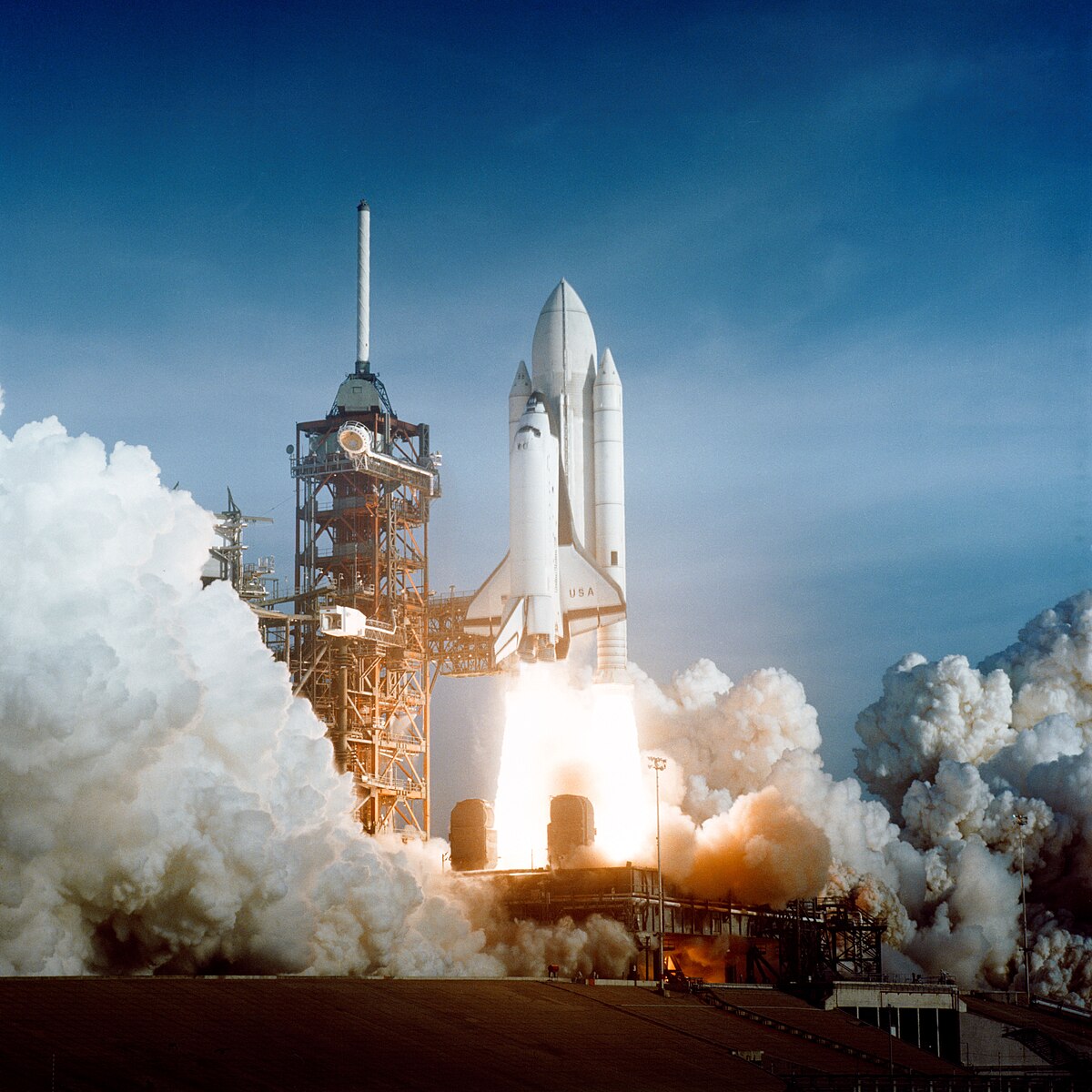Silencer1
That now I am the Ruler of the Queen's Navee!
- Joined
- 3 August 2009
- Messages
- 897
- Reaction score
- 582
We frequently studying various companies' and air forces' aircraft as a consequtive line projects or designations. The earlier project, the smaller the number.
I decided to asks: what are origins of designation systems?
Until 20th century there were few techical objects, that have been evolved and advanced, project after project. For example, naval ships or steam locomotives.
Aircraft builders quickly raise the number of projects and prototype (that single company able to produce in small period of time) to dozens.
Moreover, small companies and individuals produce their own aircraft.
Thus, the "numbered" or "alphabetical" systems emerged: "Model 1", then "Model 2" and so on. Or "Model A", "Model B" and further
Perhaps, the customers (private companies or states) wants to clearly understand and count, what inventory of different examples they have - and this lead to usage of producer's name and aircraft military role inclusion to name - Junkers Ju-88, or Grumman F3F.
Some companies and countries doesn't :like" numbers and abbreviation - hense UK "Spitfire" or "Vulcan".
Some companies likes the "lucky" digits as Boeing 7x7 or, Tupolev 1x4.
I see an important role of "consequtive" designation systems: any unused number provokes questions about the object, that could named with it. If there were B-15 and B-17 - what's B-16?
That's all my thoughts at the moment.
I hope, that forum members discovers another useful features of different designation systems.
I decided to asks: what are origins of designation systems?
Until 20th century there were few techical objects, that have been evolved and advanced, project after project. For example, naval ships or steam locomotives.
Aircraft builders quickly raise the number of projects and prototype (that single company able to produce in small period of time) to dozens.
Moreover, small companies and individuals produce their own aircraft.
Thus, the "numbered" or "alphabetical" systems emerged: "Model 1", then "Model 2" and so on. Or "Model A", "Model B" and further
Perhaps, the customers (private companies or states) wants to clearly understand and count, what inventory of different examples they have - and this lead to usage of producer's name and aircraft military role inclusion to name - Junkers Ju-88, or Grumman F3F.
Some companies and countries doesn't :like" numbers and abbreviation - hense UK "Spitfire" or "Vulcan".
Some companies likes the "lucky" digits as Boeing 7x7 or, Tupolev 1x4.
I see an important role of "consequtive" designation systems: any unused number provokes questions about the object, that could named with it. If there were B-15 and B-17 - what's B-16?
That's all my thoughts at the moment.
I hope, that forum members discovers another useful features of different designation systems.


